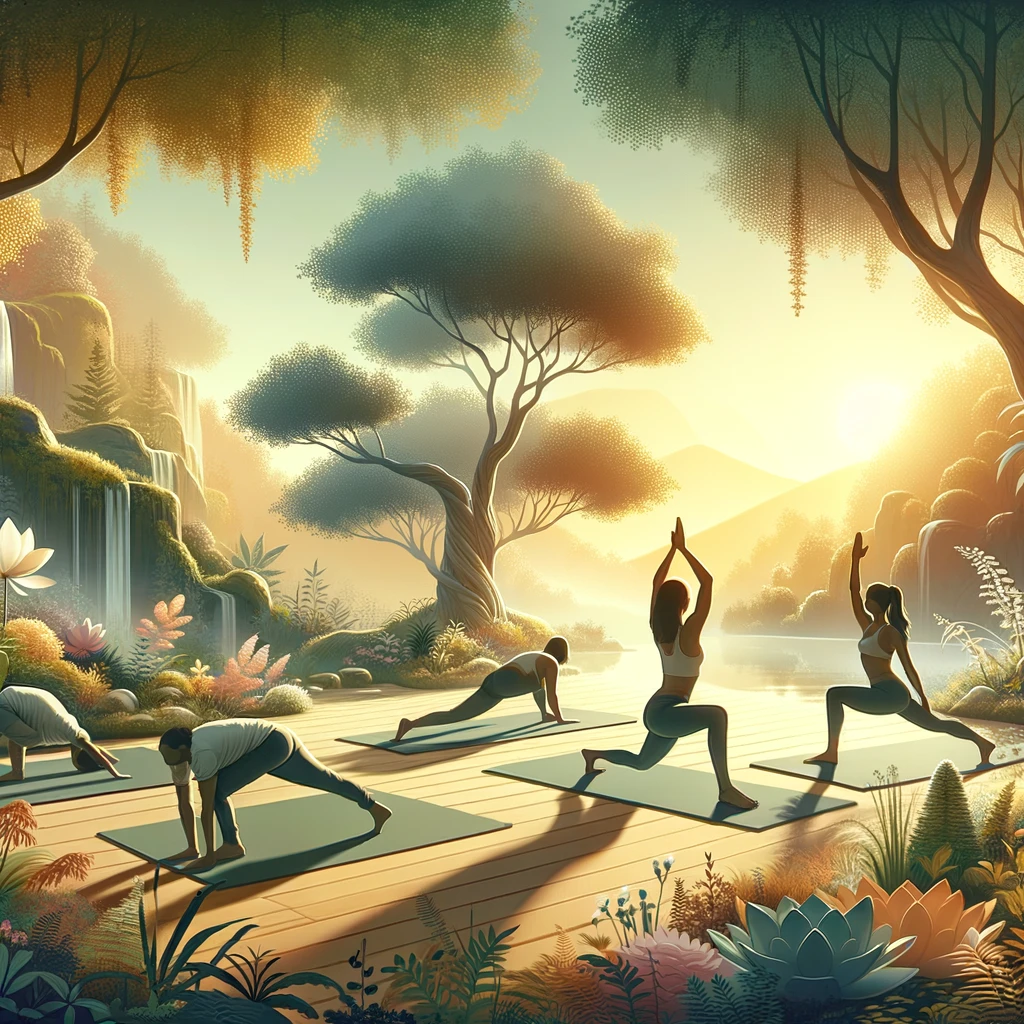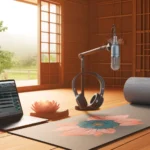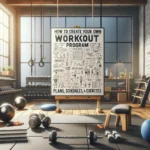Breath and Movement: 5 Yoga Sequences for Beginners

May 15, 2024
With yoga we are able to be better with ourselves and, consequently, with others, partly because it enables us to be even better able to enjoy every little thing, to live in the present and to increase our empathy and gratitude toward life itself, savoring every single moment of it. Yoga is the all-round wellness discipline by which the body truly connects together with soul and mind. The physical benefits it produces right from the start are:
- Improves breathing ability;
- Increases concentration;
- Improves posture and stability;
- Increases feelings of well-being and deep serenity.
5 yoga sequences for beginners
Here are 5 yoga sequences for beginners, these are five simple postures to get you started in yoga.
Sukhasana
Position yourself seated with your legs crossed and the outer side of your feet on the mat. Rest your hands on your knees, which are slightly suspended. Relax your shoulders and close your eyes for a few breaths. Benefits of Sukhasana:
- Makes the back stronger and more stable;
- Produces the feeling of relaxation and tranquility;
- Stretches thighs, ankles and knees;
- Lengthens the spine;
- Reduces back pain;
- Calms the mind.
Marjariasana
Start on all fours with the hands under the shoulders and at the same width; the knees should be under the pelvis and at the same width as the hips and the head in neutral position. The weight of the body should be distributed halfway between the legs and arms. Don’t worry if it is a little tricky to distribute the weight correctly at first, with practice you will have more awareness of your body and you will see that you will pay attention to how to distribute the weight. Position yourself properly, inhale deeply and arch your back bringing it downward, raise your torso and lift your chin bringing your gaze upward. The shoulders should be moved downward and the chest open. When you proceed with the exhalation bring the back straight and raise the middle part of the spine as if to form a kind of “hump.” At the same time bend your head downward, bringing your chin toward your neck, to help you try to look at the navel. Benefits of Marjariasana:
- Calms the mind and reduces stress;
- Back pain caused by poor posture fades over time;
- Prevents back, shoulder and neck pain;
- Gives greater flexibility along the entire spine.
Bhujangasana
Lie on your stomach with your legs together and parallel, thighs on the floor, neck of the feet on the floor, face downward; place palms at shoulder height. It is very important that the elbows are close to the sides of the body and not open. For more stability, open your fingers so that you have solid support and feel more secure. As you inhale, lift your chest with your arms, stretching them out, keeping your thighs and pubis in contact with the ground. To best lift yourself up, push your pelvis down and never close your shoulders, try to open them as wide as you can and push them down. Hold the position making sure that your weight is “placed” on your legs and palms. Contract your perineum (the lower part of your pelvis), buttocks and thighs to maintain stability; breathe deeply and lift your head while turning your gaze upward; hold the position for as long as you see fit while breathing deeply. Bend your elbows and gradually lower your arms, after which gently place your trunk on the floor and return to the starting position.
Benefits:
- Strengthens the spine;
- Tones the organs of the lower abdomen;
- Stimulates the digestive, reproductive and urinary systems;
- Improves oxygenation and blood circulation;
- Regulates metabolism and balances weight;
- Tones the buttocks;
- Opens the lungs and heart, and stretches the abdomen;
- Helps release stress;
- Relieves sciatica and asthma;
- Improves mood.
Adho Mukha Svanasana
Adho Mukha Svanasana, the upside-down dog pose is performed starting from Marjariasana, the cat pose, on all fours with the wrists aligned under the shoulders and the knees under the hips; stretch the arms by straightening the elbows and relaxing the upper back; spread the fingers of the hand, push the hands down and focus on distributing the weight of the body, which should be well in the center, midway between the hands and the feet. Exhale, push down to your toes and lift your knees off the ground, lift your pelvis and in a slow manner stretch your legs as far as you can while trying to rest your heels on the ground; don’t force too hard, stretch as far as you can without going so far as to feel pain; you can keep your legs bent and your heels slightly raised.
Benefits:
- Lengthens the spine;
- Stretches the soleus (calf);
- Stretches the ischio-crural chain;
- Strengthens legs, arms and shoulders.
Savasana
Lying on the mat, stretch your legs and extend your arms along your sides with your palms facing up; relax each muscle band, perhaps with a pillow or blanket under your head or knees. Concentrate on each muscle band (legs, shoulders, neck, arms, head and facial muscles), and on their maximum extension. Remain still for 5 to 15 minutes and breathe naturally, then with slow movements come out of the position of stillness by first turning on your side with your knees drawn together.
Benefits:
- Stimulates blood circulation;
- Regulates heart rate and high blood pressure;
- Reduces stress andanxiety.









